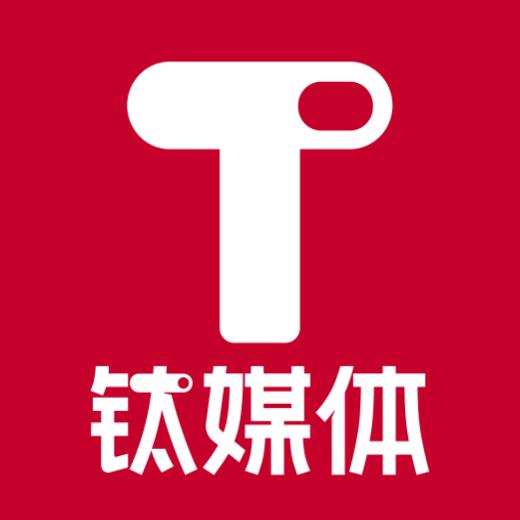TMTPost -- Huawei Technologies Co. may charge a fee for in-app purchases on HarmonyOS as its operating system is steadily gain traction among consumers, especially in China, the world’s largest smartphone market.
Credit:Huawei
Huawei is considering a commission lower than the typical 30% cut that Apple Inc. and Google take for payments made via their mobile stores for shopping things like apps, games, movies and music subscriptions, according to a Bloomberg report on Tuesday, citing people familiar with the matter. The people said while Huawei has not made final decision yet, one of its possible plans is a fee of about 20% for game developers, which make up the mainstream of mobile app store revenue.
A Huawei representative later that day denied the report. The person said it is untrue that Huawei is discussing with game developers about a fee of some 20%, without offering details. The report about HarmonyOS highlighted increasing presence of Huawei’s in-house system. With a market share of 17% for the first quarter of the year, Harmony OS overtook iOS in China for the first time as the country’s customers lined up to buy Huawei's flagship offerings, according to a quarterly note from Counterpoint Research. Data from the global market research firm showed share of Harmony OS rose to 17%, more than doubling a year ago, while iOS’s share declined 4 points year-over-year (YoY) to 16%.
Counterpoint Research note said Harmony OS continued to grow in Q1 2024, reaching a 4% share globally. Apple’s iOS share declined by 1% YoY owing to seasonality and lower sales in China, its second-largest market. The global share declined from 20% in Q1 2023 to 16% in Q1 2024. This also marked the first Q1 decline for iOS in China since Q1 2019, primarily driven by Huawei's 5G smartphone launches competing directly with Apple.
HarmonyOS’ emerging is driven by booming smartphone sales, eclipsing Apple and other established brands. Huawei launched presales for Mate 60 Pro on August 29 2023 even though it has not officially released the model, neither provided details about technical specifications. While the company didn’t provide details about technical specifications or whether the phone supports the 5G network, media outlets at home and abroad said online tests proved Mate 60 Pro can deliver the internet speed of 5G. The low-profile presale turned out such a success that the first batch of the phone sold out within hours, igniting fervor for Huawei’s 5G comeback in China.
Huawei maintained momentum of its smartphone sales this year. Counterpoint Research estimated in April that Huawei stood out as the best performer among all original equipment manufacturers (OEMs) , with a 69.7% YoY rise in sales in China for the first quarter. Huawei’s growth was largely attributed to the successful launch of the 5G-capable Mate 60 series as well as its enduring brand reputation, helping it to gain a massive share in the $600+ premium segment, Counterpoint Research noted.
A Canalys note in April said Huawei soars to regain lead in Chinese smartphone market in the first quarter. Huawei returned to the top spot after 13 quarters, shipping 11.7 million smartphones and capturing a 17% market share, thanks to an enthusiastic market response to its Mate and nova series Canalyst said. Oppo, next to Huawei, shipped 10.9 million units, driven by its Reno 11 series’ strong performance.
Growth of the Chinese market is still behind the global recovery of 11%, which allowed Huawei to seize market share and reclaim the crown quickly, Canalys senior analyst Toby Zhu commented. “The production and supply shortage of the Mate 60 series improved in the first quarter, propelling it to become the key driver of Huawei's overall growth,” Zhu said. “In addition to the high-end lineup, Huawei released the nova 12 series in December, which features Harmony 4.0, expanding the Kirin chipset to more product lines and successfully boosting performance in the mid-range price band.” The analyst also noted Huawei upgraded in April the P series to Pura 70, featuring an innovative pop-out camera lens, further sparking market interest.






















热门跟贴